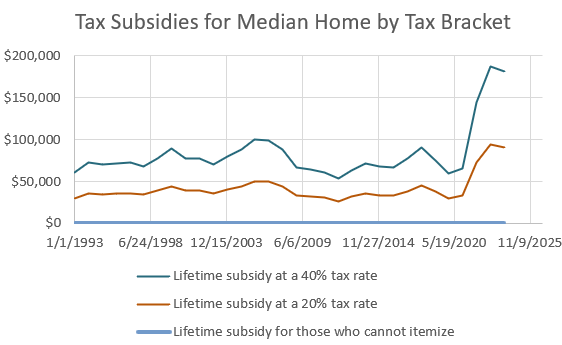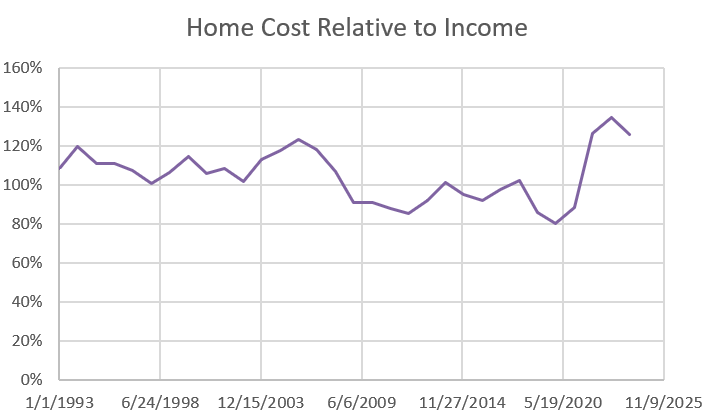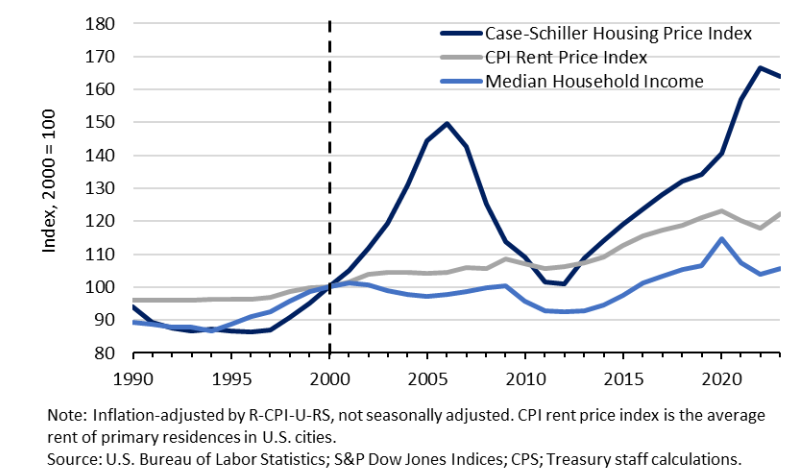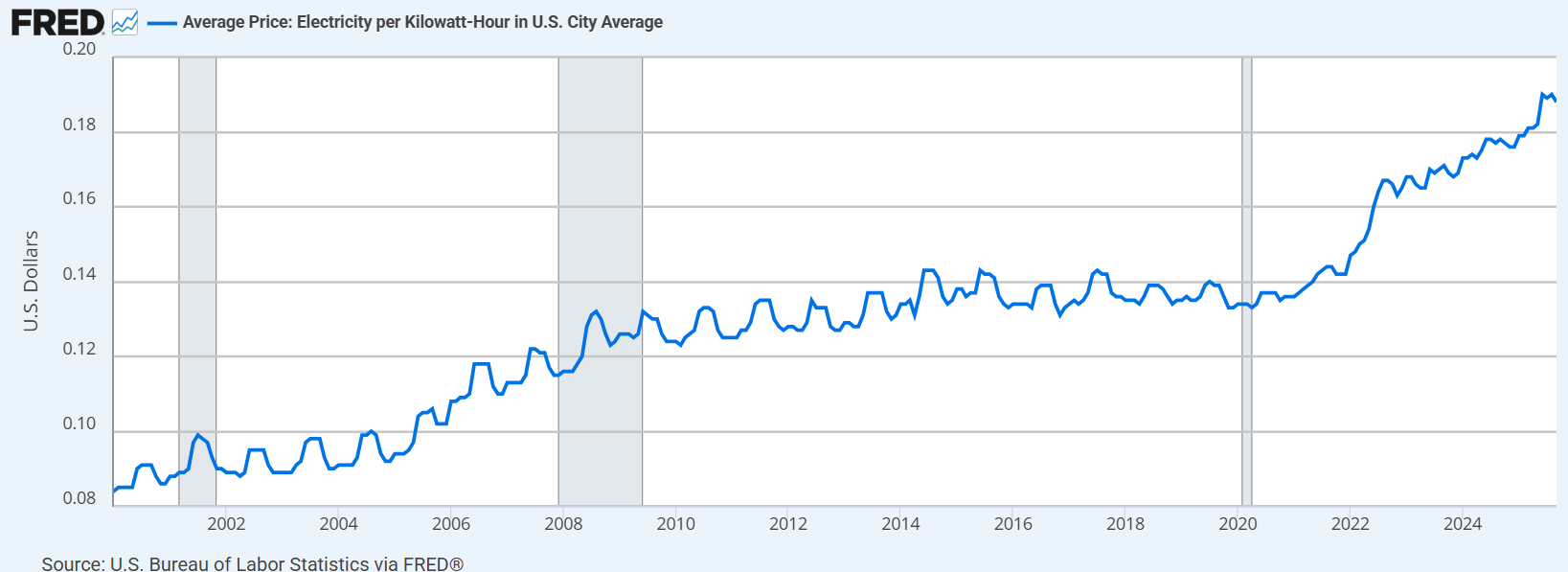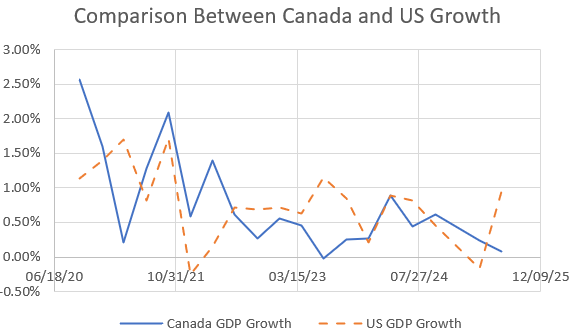Colin Read • November 4, 2022
The Most Regressive Tax - Everybody's Business - November 7, 2022

The Most Regressive Tax - Everybody's Business - November 7, 2022
This weekend’s Powerball Lottery is valued at $1.5 billion. That eye popping number even induced me for a second or two to purchase the first lottery ticket in my life. Then, I came to my senses.
There is no real uncertainty or unexpected risk with the purchase of one lottery ticket. The odds are easy to research, and a very small “investment” of $2 is a purchaser’s ticket to easy street. But, let’s do the numbers.
Such a small certain wager for an almost infinite probabilistic return was studied and solved by the great mathematician Daniel Bernoulli in 1738. The so-called St. Petersburg Paradox induced Bernoulli to formulate the notion of diminishing marginal utility. Even if a $2 bet has only a 2 in 1,500,000,000 odds of winning, one is trading a valuable $2 (or $20 or $200 or $2000 for those poor individuals who replace logic with hope) for such a large sum that many of those millions of dollars do not buy the same happiness as the sum lost to purchase tickets.
This notion of diminishing marginal utility is a bedrock assumption of economists, which is one reason few economists would buy a lottery ticket. A starving person if given $2 may buy a loaf of bread to save their life. A wealthy person who sees a $2 bill on the ground may not even bother to pick it up. Our enjoyment for another unit of any good, including the money that allows us to purchase goods, gets smaller as we have more. So, the first dollar is always worth more than the 1.5 billionth dollar.
The second problem is that we spend $2 today to possibly secure $1.5 billion over
The odds of picking the winning sequence of numbers is about 1 in 292 million. However, as more people enter, there is also an increased likelihood that others will also select the same number combination and share the reward. The odds of smaller prizes are somewhat better, but the rewards are also substantially lower.
About 98% of all winners of the Powerball jackpot choose to take the prize in one immediate payment. If so, the jackpot is halved. One only collects the full $1.5 billion (assuming no co-winners) if the payments are taken over 30 years. If one opts for the full payment, it is cut in half to about $750,000,000. Most people take the winnings up front because winnings distributed over 30 years are not inflation protected. The discount rate that equates $750 million today to $1.5 billion over 30 years is about 5%, which is easy to exceed, and inflation-protect, in a well managed financial portfolio.
Of course, either way, the winner is placed immediately into the highest tax bracket, which is 37% in the US. In addition, states impose an additional tax which may add almost 11%, in the case of New York State, while a New York City resident will be on the hooks for another 4% more. That eats away almost 52% of earnings, taken now or later, which brings today’s award down to a paltry $400 million, give or take, assuming there are no co-winners.
From an expected value perspective, and putting Bernoulli’s diminishing marginal utility of income aside, is then 2 in 400,000,000, or the equivalent of 1 in 200 million odds. The odds Powerball offers, at one in 292 million, assuming no cowinners, are vastly inferior to the necessary odds to simply equate expected values.
An astute reader might notice that the $2 lottery ticket purchase may be tax deductible, which helps even the odds. However, only those who are able to itemize deductions can bank that savings. Only about 13% of taxpayers itemize. These tend to be the wealthiest taxpayers, who almost certainly are not buying lottery tickets.
In fact, most lottery ticket purchasers are poor, with 61% of lottery purchasers earning less than $10,000 per year. They on average play about once every two weeks, and spend upward of 5% of their income on lottery tickets.
Well, at least the proceeds are sometimes put to good use, if their sponsoring states have not sold the lottery to a venture capital firm for a lump sum payment. Most states claim that profits, after some pretty hefty administrative expenses and commissions, go to education. These education funds are often called donations to education, and amount to rarely more than 5% of education funding. In California, the sum is about 1% of state funding.
These state education funds are typically in a “discretionary” category, which allows states to devote much of these funds to scholarships, athletic facilities, and other non-core uses that are otherwise difficult to fund from general revenues. Top state colleges, and the graduates of top high schools are the likely recipients of these discretionary funds. There is little or no reinvestment back into the poor communities that have the very high rate of lottery tickets.
From any angle, those who most purchase lottery tickets are certainly not helping themselves. The 17th Century social philosopher and economist Sir William Petty once called lotteries an “idiot tax” on those with an irrational opinion of their own luckiness. I don’t know if I would have quite used that strong label, and I realize in the land of liberty if one wants to part with their money to give it to those less needy, it is a free country. The irrational price of hope is what they are really purchasing.
